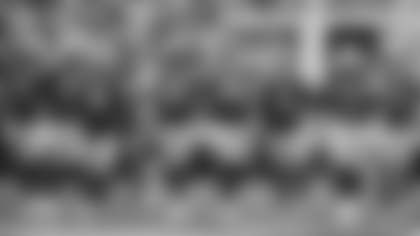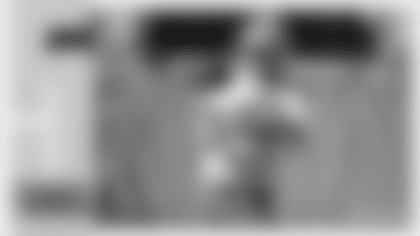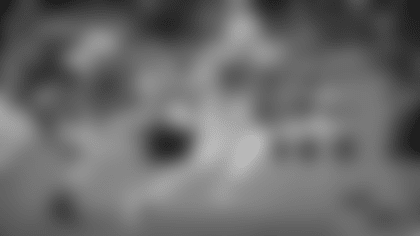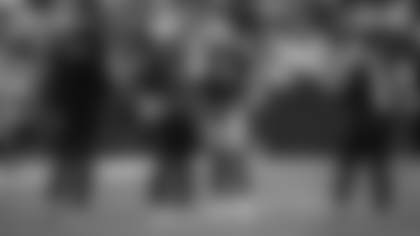The sheer volume of capable players the Packers had at the linebacker position in 2011 was a plus. The number of high-impact players, however, was not.
Linebackers are the game-changers in a 3-4 scheme, and while the Packers were able to overcome various injuries with young depth, they need to find a way for their linebacking corps to make a bigger impact, collectively, in 2012.
Inside—Desmond Bishop was the bell cow on the inside, leading the team by a longshot with 142 tackles, despite missing three games. He also forced two fumbles and provided Defensive Coordinator Dom Capers with his most effective inside blitzer, accumulating five sacks, second-most on the team.
The other inside starter, A.J. Hawk, was routinely praised by the coaching staff for his signal-calling and ability to get everyone aligned properly. Like Bishop, Hawk entered 2011 with a new contract, but the lack of impact plays – 1.5 sacks and no interceptions, forced fumbles or recoveries – was a sore spot, especially when inside backups D.J. Smith and Robert Francois combined for three interceptions and a forced fumble in limited playing time.
Smith was a rookie sixth-round pick that made a good first impression, contributing double-digit tackles on special teams, while Francois' leaping interception in Detroit on Thanksgiving was the key play in one of the biggest regular-season wins of the year.
Outside—Clay Matthews was the player offensive coordinators designed game plans to control. Despite recording just six sacks, Matthews was far and away the team leader in quarterback hits with 53 of the defense's 129 (41 percent). He also had three forced fumbles and three interceptions, returning one for a touchdown, the third defensive score in a career that has already seen three Pro Bowl selections.
The production from the companion outside spot was another story, though. The trio of Erik Walden, Frank Zombo and Brad Jones combined for just five sacks and one fumble recovery, with Jones adding a sack in the playoffs. That wasn't enough to make offenses turn their attention away from Matthews. Walden was second on the team with 30 QB hits before his production fell off late in the season, and none of the other outside linebackers posted more than three.
Undrafted rookies Jamari Lattimore and Vic So'oto hardly played on defense, but they have, perhaps, the most room for growth. Lattimore's main contributions came on special teams, while So'oto, despite a flashy preseason, was deemed too raw for significant playing time, and could benefit more than anyone in this group from a full offseason program.
Summary—It's no secret that the Packers need another playmaker at the outside spot opposite Matthews. The void was one of the major factors in the Packers' defensive struggles in 2011. Judging by his track record, General Manager Ted Thompson is most likely to fill that void via the draft, either with the investment of a high pick, multiple picks or both. Free agency is an option, too, but a proven pass rusher won't come cheap, and the Packers may want to lock up Matthews long term sometime before he enters the final year of his rookie deal in 2013. The inside linebackers shouldn't have to blitz as much as they did, especially if Bishop is the only one particularly suited to the duty. Improved pass coverage from the inside guys would help – Bishop and Hawk knocked down a combined 19 passes in 2010, compared to just seven this past season – but a consistent pass-rush threat coming from both outside spots could boost everyone's game.














